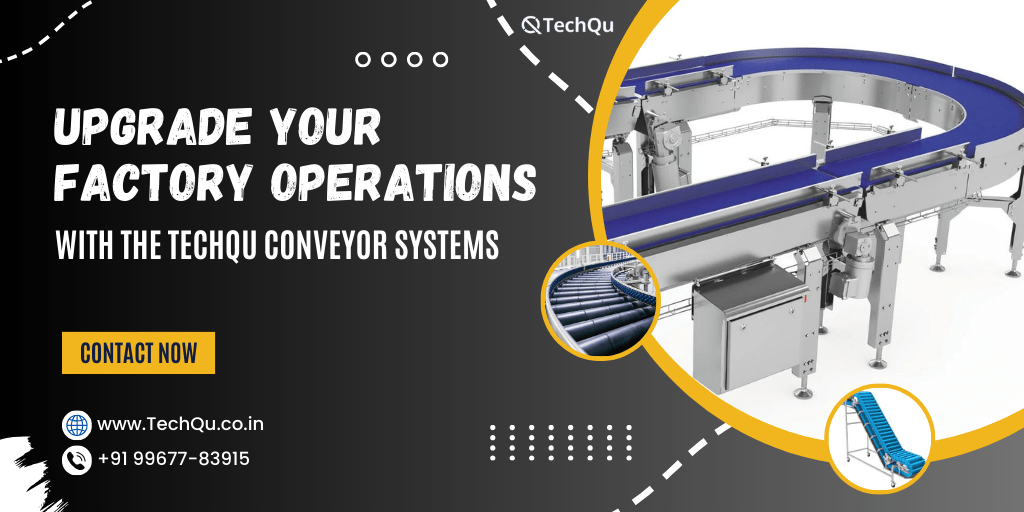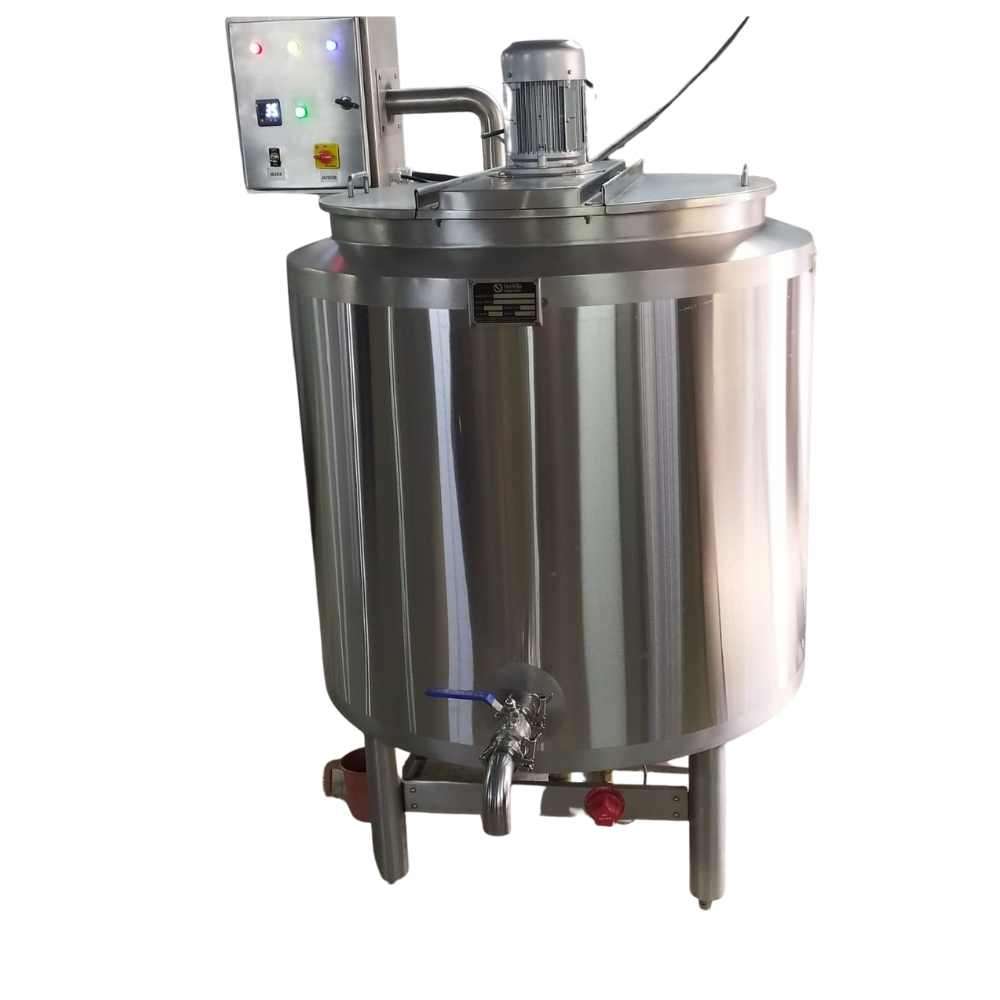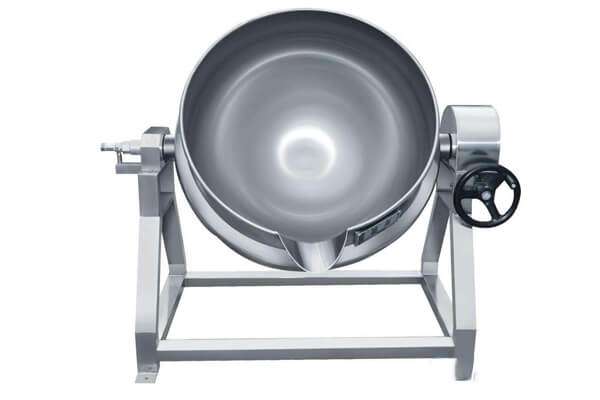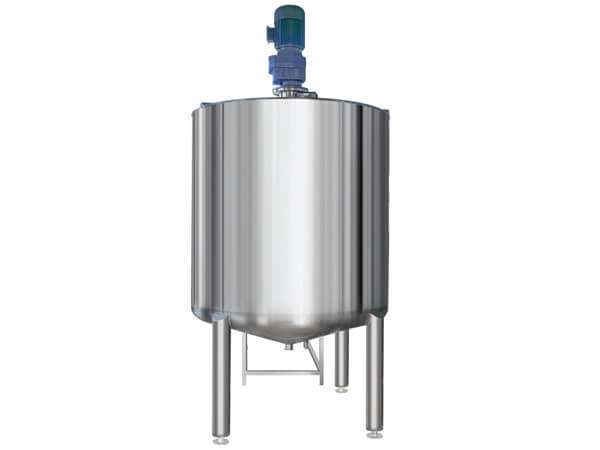Introduction of Right Conveyor System
In the world of manufacturing and logistics, efficiency and precision are paramount. That’s where the right conveyor system comes into play. Imagine a seamless flow of materials, products, and packages, effortlessly moving from one point to another, optimizing production processes and minimizing downtime. That’s the power of a well-designed conveyor system. A conveyor system serves as the backbone of many industries, including manufacturing, warehousing, distribution, and more. Its primary function is to transport goods from one location to another, be it within a facility or between different stages of production. Whether it’s heavy-duty materials or delicate components, the right conveyor system ensures smooth and safe handling throughout the journey.
The market of Right Conveyor System
In general, the conveyor system market is quite large and is expected to continue growing in the coming years. The global market size was valued at USD 8.8 Billion in 2021 and is projected to reach USD 12.18 Billion by 2030, growing at a CAGR of 4.20% [1]. There are a few factors driving this growth, including:
- The growing need for efficient handling of large volumes of materials and products in the manufacturing industry
- The expansion of e-commerce, which is leading to an increased demand for automation in warehouses and distribution centers
- The growth of the automotive industry, which is a major user of conveyor systems
Steps for the Right Conveyor System
Implementing the right conveyor system involves several crucial steps to ensure that it meets the specific needs and requirements of your industry and operations. Here’s a comprehensive guide to help you navigate through the process:
- Define your product and its movement
- Evaluate your facility and operations
- Research conveyor types
- Additional considerations
- Consult with a conveyor system supplie
Which processed is used to Right Conveyor System
The term “Right Conveyor System” likely isn’t referring to a specific process, but rather the ideal system for a particular application. However, there are definitely processes involved in selecting and implementing a conveyor system. Here’s a breakdown:
- Needs Assessment: This initial process involves defining your product and its movement requirements, along with evaluating your facility and operations as described previously.
- System Design & Selection: Here, engineers consider various conveyor types (belt, roller, overhead, etc.) based on your needs and propose a system layout that optimizes product flow within your space constraints.
- Manufacturing & Fabrication: Once a design is approved, the conveyor components are manufactured based on specifications.
- Installation & Commissioning: The conveyor system is installed on-site according to the design plans. This might involve setting posts, laying out the conveyor path, and integrating with existing equipment.
- Operation & Maintenance: Once commissioned, the conveyor system becomes operational.
Best Processing Right Conveyor System
The best processing right conveyor system involves considering various factors such as the specific application, industry requirements, throughput needs, space constraints, and budget considerations. Here are some steps to identify the best processing right conveyor system:
- Focus on Needs Assessment
- Consider Different Conveyor Options
- Prioritize Efficiency and Throughput
- Evaluate Your Budget and Maintenance Needs
- Seek Expert Advice
Explore
Related Products











